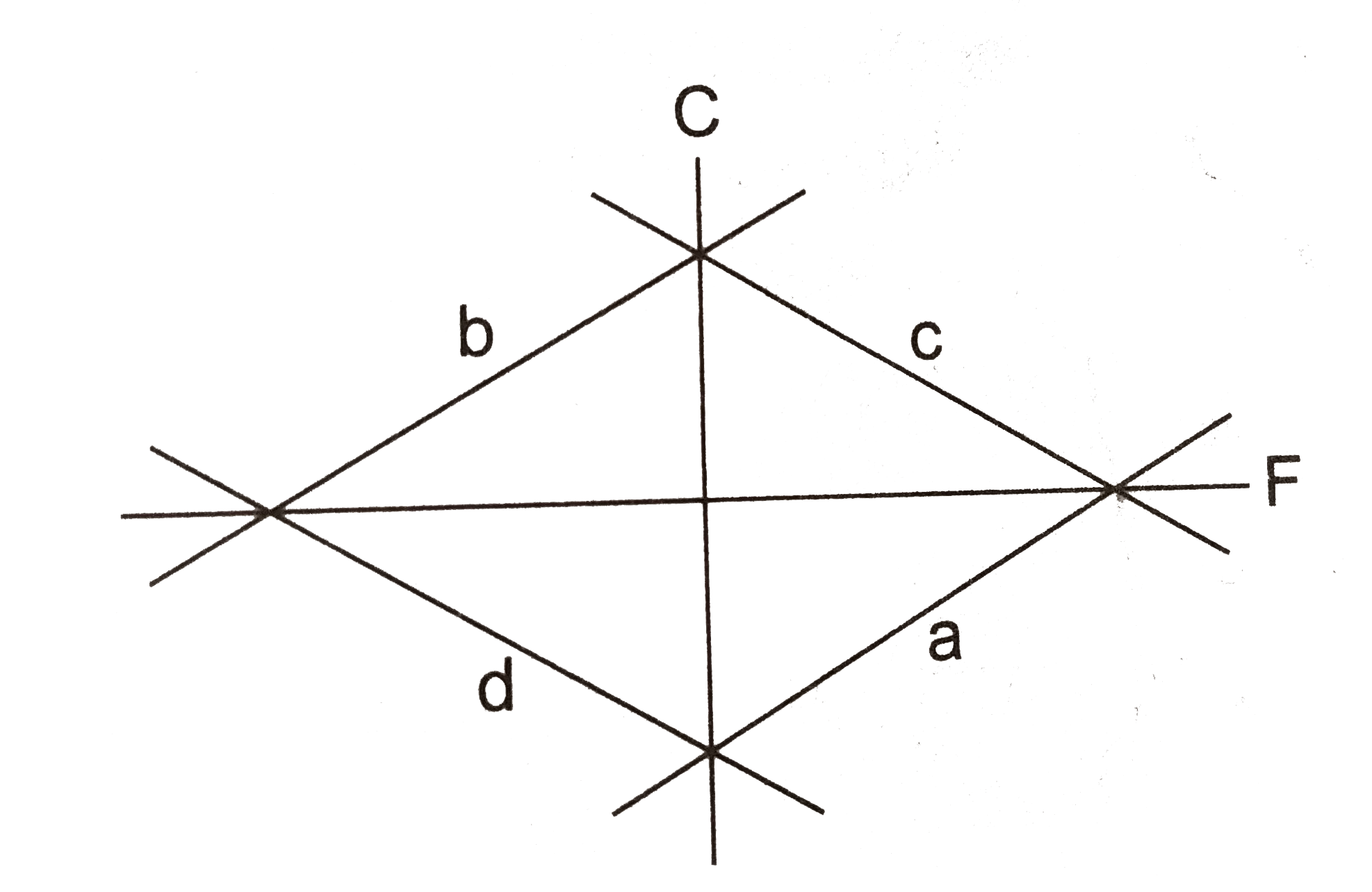Complete Solutions to LEVEL - I (C.W.) of chapter THERMAL PROPERTIES OF MATTER of Class 11 book with complete answers and questions
| Class 11 | PHYSICS |
| Chapter | THERMAL PROPERTIES OF MATTER |
| NARAYANA | LEVEL - I (C.W.) |
| Number Of Questions | 24 |
| Academic Year | 2023-24 |
If the temperature of a patient is `40^(@)C` his temperature in the Fahrenheit scale will be
01:07View SolutionThe freezing point on a thermometer is marked as `20(0)` and the boliling point as `150^(@)`. A temperature of `60^(@)C` on this thermomemter will be read as
01:48View SolutionA Celsius theromemter and a Fahrenheit thermometer are put ina hot bath. The reading on Fahrenheit thermometer is just `3` times the reading on Celsium thermometer. The temperature of the hot bath is
01:37View SolutionOxygen boils at `-183^(@)C`. This temperature is approximately
01:09View SolutionA mercury thermomeeter is transferred from melting ice to a hot liquid. The mercury rises to `9//10` of the distance between the two fixed points. Find the temperature of the liquid in Fahrenheit scale
01:43View SolutionA Centigreade scales `A` and `B` have triple points of water defined to be `200 A` and `300 B` (given triple point of water is `= 276.16 K`). The relation between `T_(A)` and `T_(B)` is
01:55View SolutionTwo absolute scale `X` and `Y` have triple points of water defined to be `300 X` and `450 Y`. How are `T_(X)` and `T_(Y)` related to each other ?
04:44View SolutionThe temperature coefficient of resistant of wire is `12.5 xx 10^(-4) // C^(@)`. At `300 K` the resistance of the wire is `1 ohm`. The temperature at which resistance will be `2 ohm` is
03:36View SolutionThe reading of Centigrade thermometer coincides with that of Fahrenheit thermometer in a liquid. The temperature of the liquid is
01:34View SolutionThe pressure of a gas filled in the bulb of constant volume gas thermometer at `0^(@)C` and `100^(@)C` are `28.6 cm` and `36.6 cm` of mercury respectively. The temperature of bulb at which pressure will be `35.0 cm` of mercury will be
01:54View SolutionWhich of the curves in figure represents the telation between Celsius and Fahrenheit temperatures? `
` 03:09View Solution
03:09View Solutionif two tempratures differ by `25` degress on cesisus scale, the difference of temperature on Fahrenhelt scale is
01:15View SolutionIf a graph is plotted taking the temperature in Fahrenheit along the `Y`-axis and the corresponding temperature in Celsius along the `X`-axis, it will be a straight line
03:19View SolutionThe coefficient of linear exopansion of a metal is `1 xx 10^(-5//0)C`. The percentage increase in area of a square plate of that metal when it is heated through `100^(0)C` is
01:40View SolutionThe length of each steel rail is `10 m` in winter. The coefficient of linear expansion of steel in `0.000012//^(@)C` in summer. The gap to be left between the rails
02:18View SolutionA clock while keeps correct time at `30^(@)C` has a pendulum rod made of brass. The number of seconds it gains (or) looses per second when the temperature falls to `10^(@)C` is [`alpha` of brass `= 18 xx 10^(-6//@)C`]
02:41View SolutionA metal plate of area `1.2 m^(2)` increases its area by `2.4 xx 10^(-4) m^(2)` when it is heated from `0^(@)C` to `100^(@) C`. The coefficient of cubical excpansion of the metal expressed in per `.^(@)C` is
02:48View SolutionThe length of a metal rod at `0^(@)C` is `0.5m` When it sis heated, its length incerases by `2.7mm`. The final temperature of rod is (coeff. Of linear excpansion of metal `= 90 xx 10^(-6//@)C`)
01:25View SolutionThe density of a substance at `0^(@)C` is `10 g//c.c.` and at `100^(0)C` its density os `9.7g//c.c.` The coefficient of linear expansion of the sunstance is.
02:50View SolutionWhat force should be applied to the ends of steel rod of cross sectional area `10 cm^(2)` to prevent it form elongation when heated form 273 K to 303 k ? `(alpha " of steel" 10^(-5).^(@)C ^(-1),Y=2xx 10^(11) NH^(-2))`
03:24View SolutionThe inner diameter of a breass ring `273 K` is `5 cm`. To what temperature should it be heated for it to accommodate a ball `5.01 cm` in diameter. `(alpha = 10^(-5//@)C)`
01:54View SolutionA metal sheet having size of `0.6 xx 0.5m^(2)` is heated from `293 K` to `520^(@)C`. The final area of the hot shee is {`alpha` of metal `= 2 xx 10^(-5 //@)C`]
02:46View SolutionA crystal has linear coefficients `0.00004//^(@)C, 0.00005//^(@)C, 0.00006//6^(@)C`. Coefficient of cubical expansion of the crystal is
01:43View SolutionA wire of length `60 cm` is bent to into a circle with a gap of `1 cm`. At its ends, on heating it by `100^(0)C`, the length of the gap increases to `1.02 cm`. `alpha of materials of wire is
02:04View Solution
LEVEL - I (C.W.) questions and complete solutions for chapter THERMAL PROPERTIES OF MATTER of NARAYANA PHYSICS (HINGLISH) of Class 11
